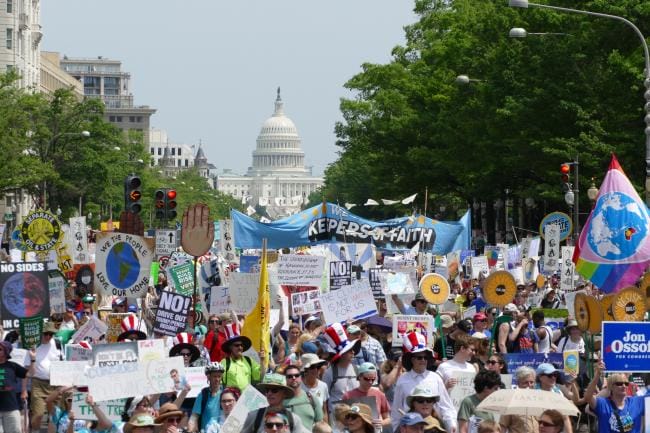
Will Florida voters’ victory vanish into thin air?
Will Florida voters’ victory vanish into thin air?
Remember Florida’s “Amendment 1?” Back in November, citizens in the Sunshine State approved $22 billion in dedicated funds for conservation—the largest such measure in U.S. history. The amendment won a resounding victory at the polls, with 75 percent approval and more “yes” votes than any other proposal or candidate on the ballot.
The new law calls for legislators to use one-third of an existing real estate transfer tax on land conservation to protect wildlife habitat, safeguard drinking water, create urban parks, and restore the Everglades.
“There is a logical connection between real estate transactions, which relate to development, and setting aside land for conservation as the state’s population grows,” explains The Trust for Public Land’s Will Abberger. “The key is to make decisions based on conservation priorities, not on politics.”
So, what happened?

It looks like politics has regained the upper hand. When the state budget emerged from a special session of the legislature in June, it directed almost one-third of this year’s $740 million in Amendment 1 funds to agencies’ routine operating expenses—like salaries and equipment purchases—and just $15 million to acquiring land for conservation and recreation.
The Trust for Public Land and other amendment sponsors say voters set aside the money specifically for protecting land. Several groups are filing a lawsuit; journalists have called the legislature’s actions a “betrayal”, a “bait-and-switch,” and a “fraud.”
But some legislators argue that the language of the ballot measure is open to interpretation. Here’s what appeared on the ballot last year:
Amendment 1: Funds the Land Acquisition Trust Fund to acquire, restore, improve, and manage conservation lands including wetlands and forests; fish and wildlife habitat; lands protecting water resources and drinking water sources, including the Everglades, and the water quality of rivers, lakes, and streams; beaches and shores; outdoor recreational lands; working farms and ranches; and historic or geologic sites, by dedicating 33 percent of net revenues from the existing excise tax on documents for 20 years.
What do you think? Leave us a comment, weigh in on Facebook, or drop us a line at blog@tpl.org. To learn more about how The Trust for Public Land helps communities across the country get conservation measures on the ballot, visit tpl.org/fundparks.
This raw, beautiful landscape in Southern California is home to Indigenous heritage sites, and it provides critical habitat for threatened and endangered species. Urge the administration to safeguard this extraordinary landscape today!


Donate to become a member, and you’ll receive a subscription to Land&People magazine, our biannual publication featuring exclusive, inspiring stories about our work connecting everyone to the outdoors.
See how our supporters are helping us connect people to the outdoors across the country.











